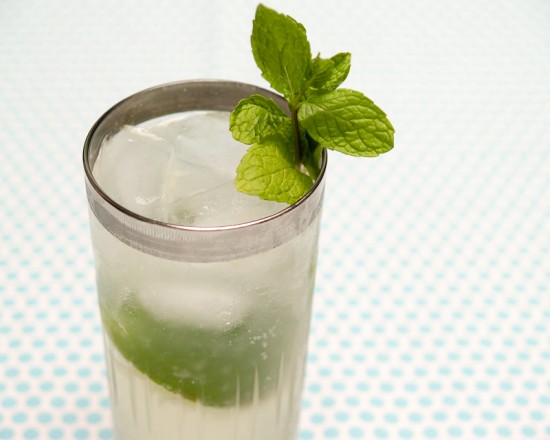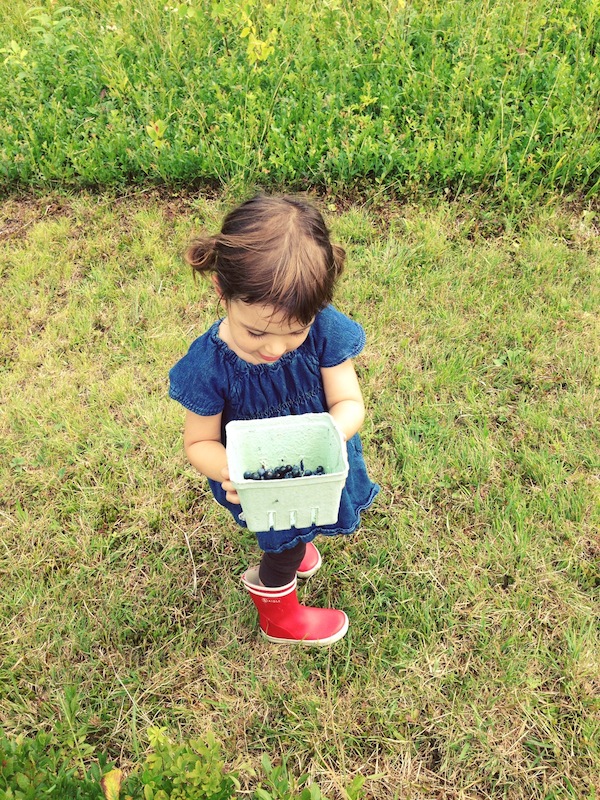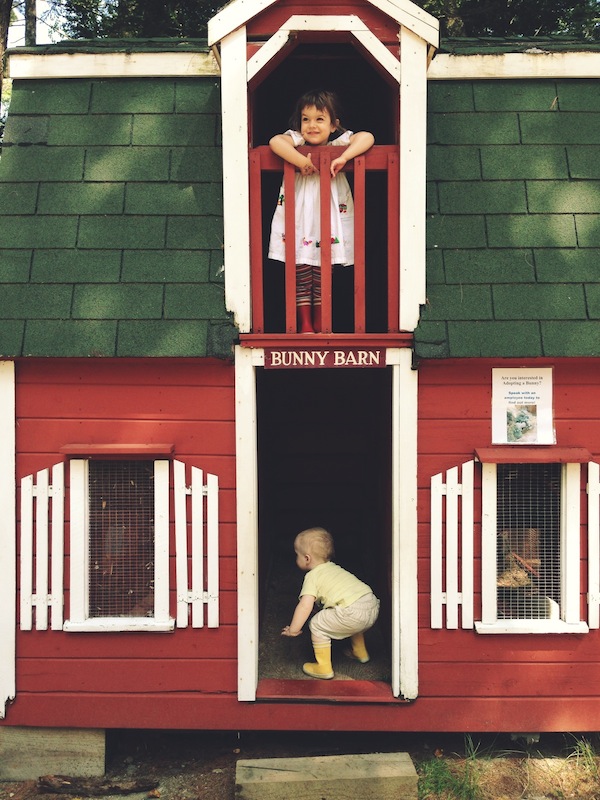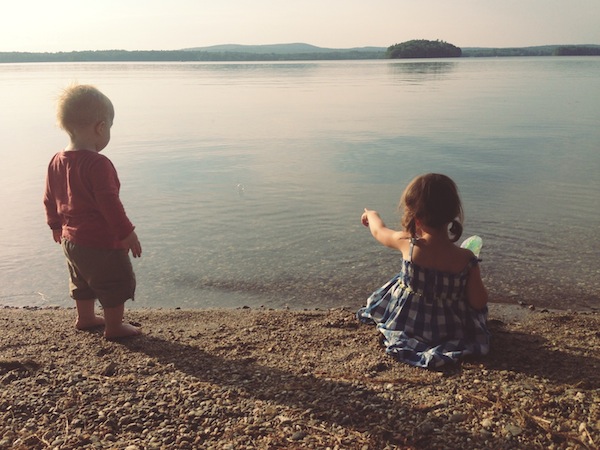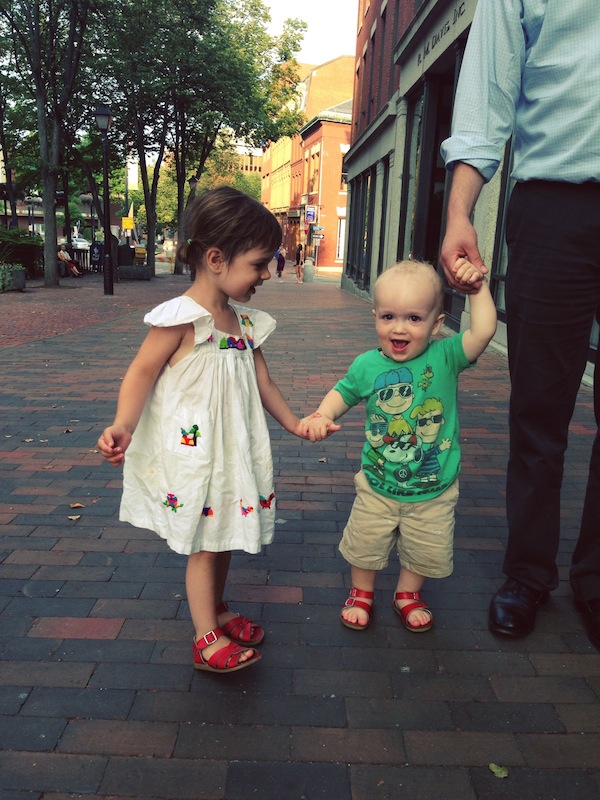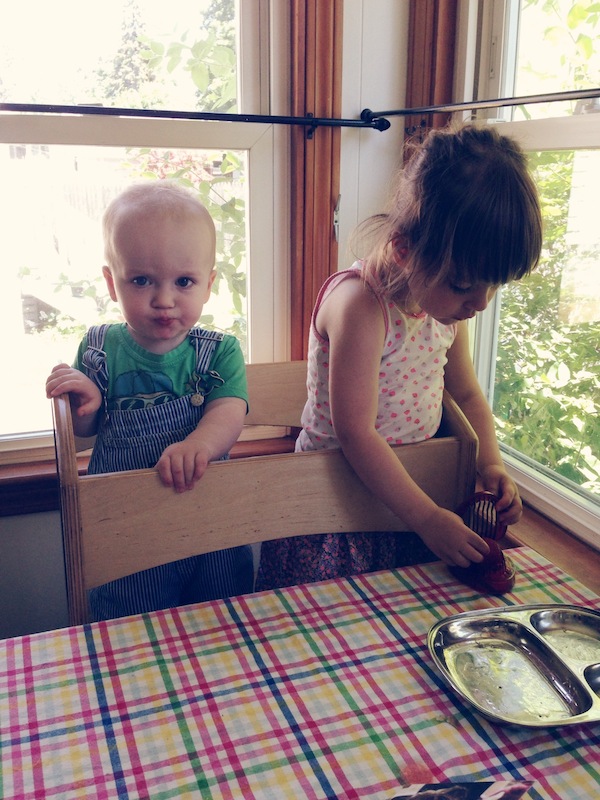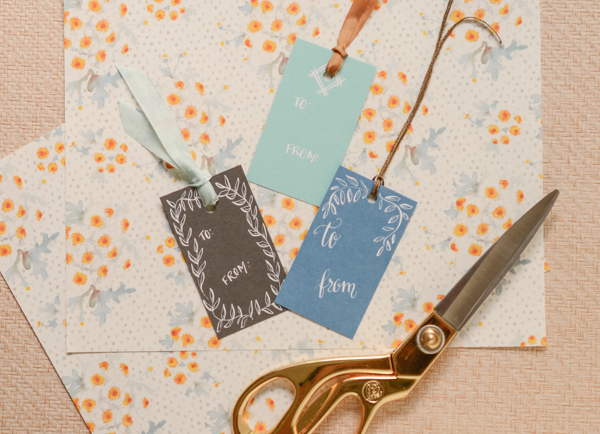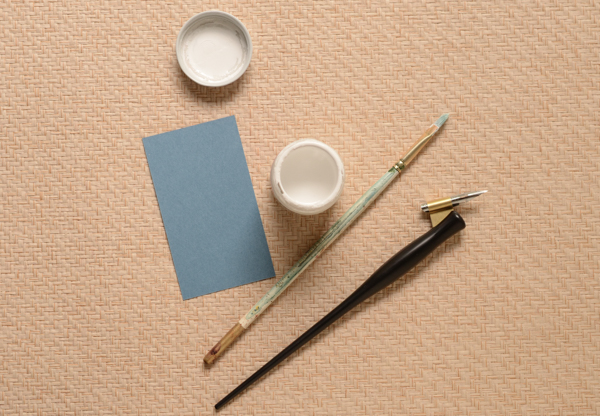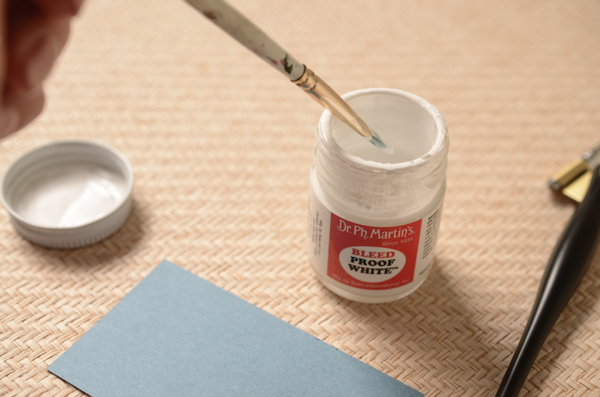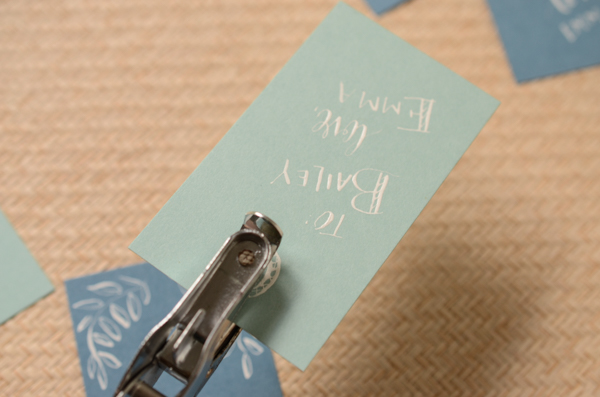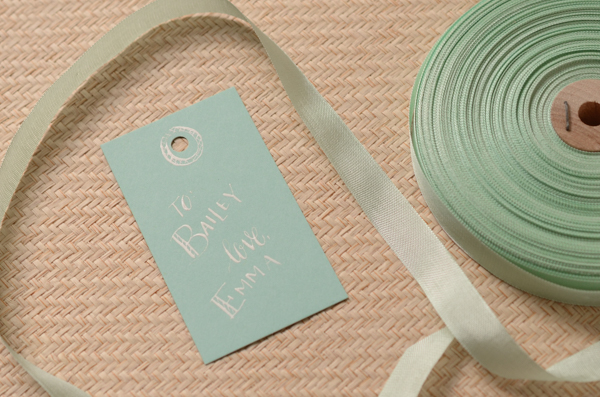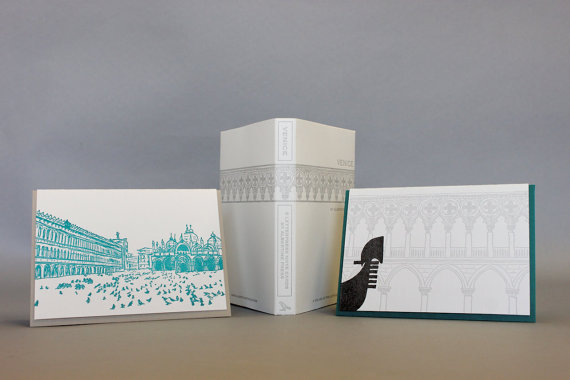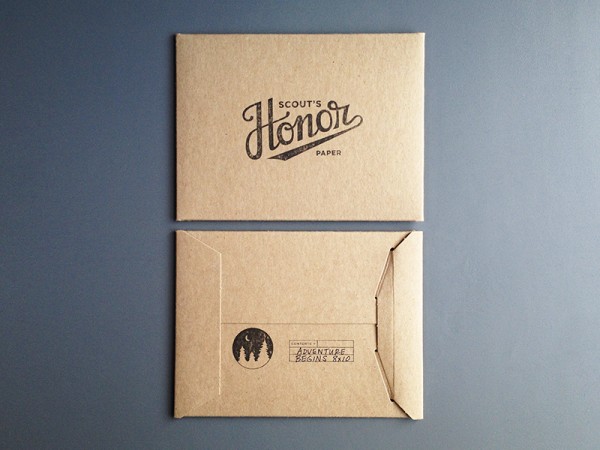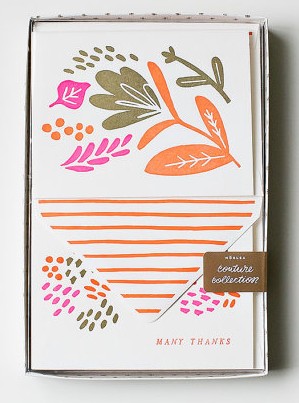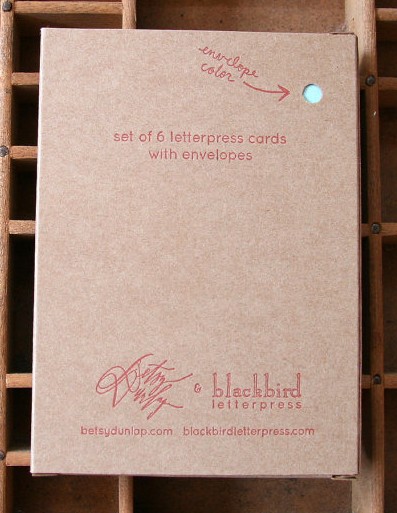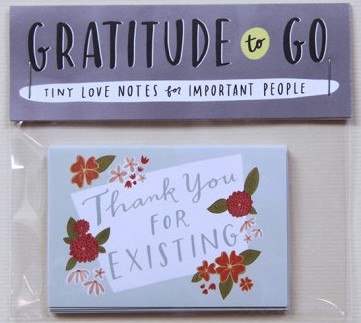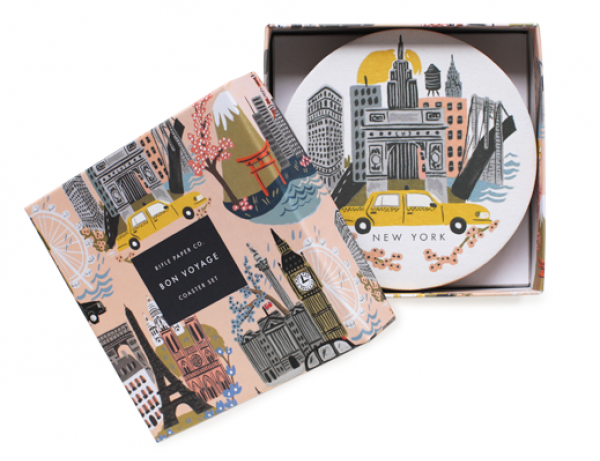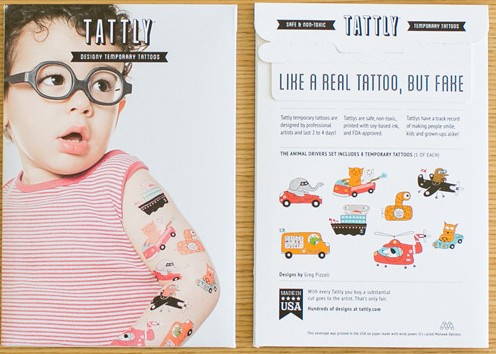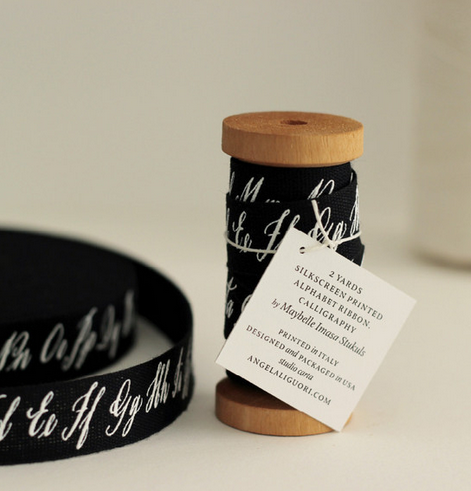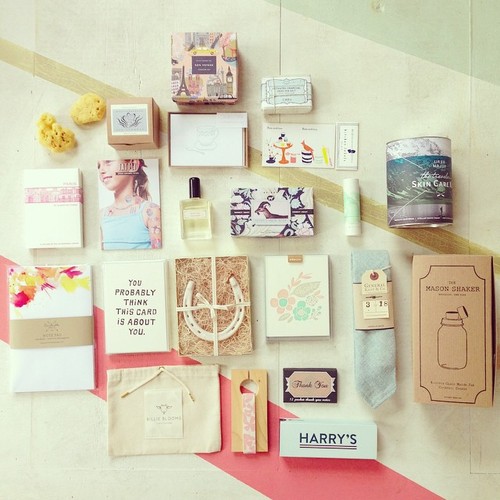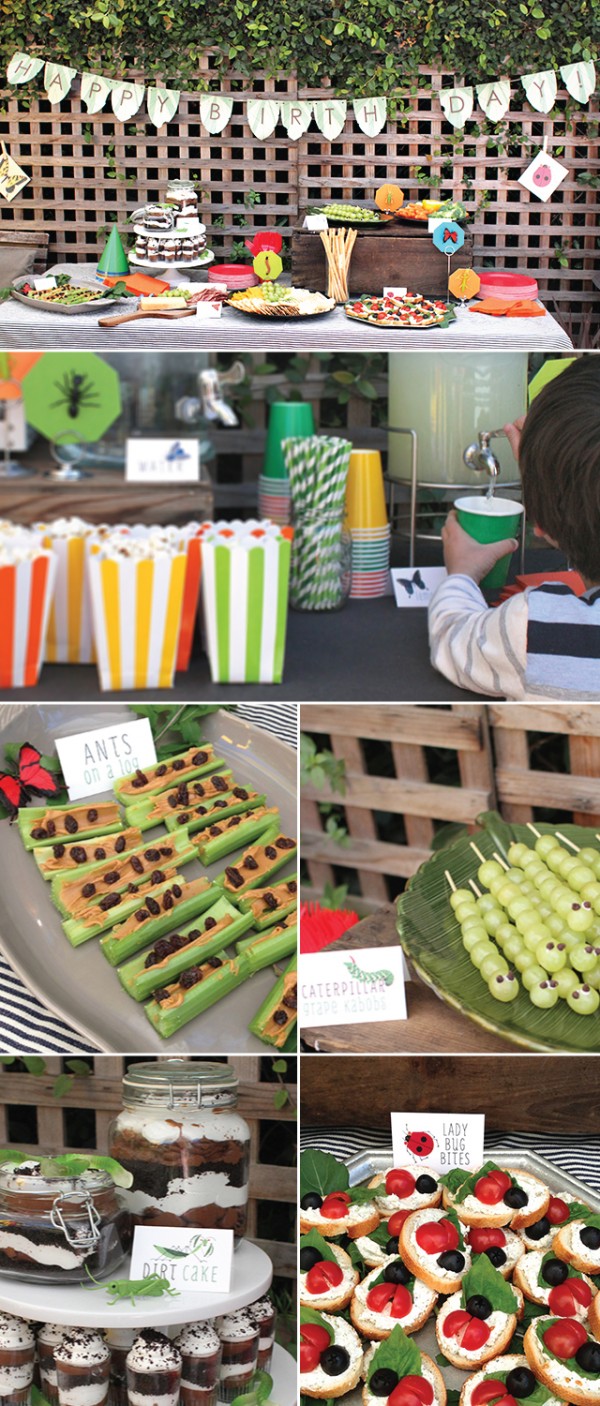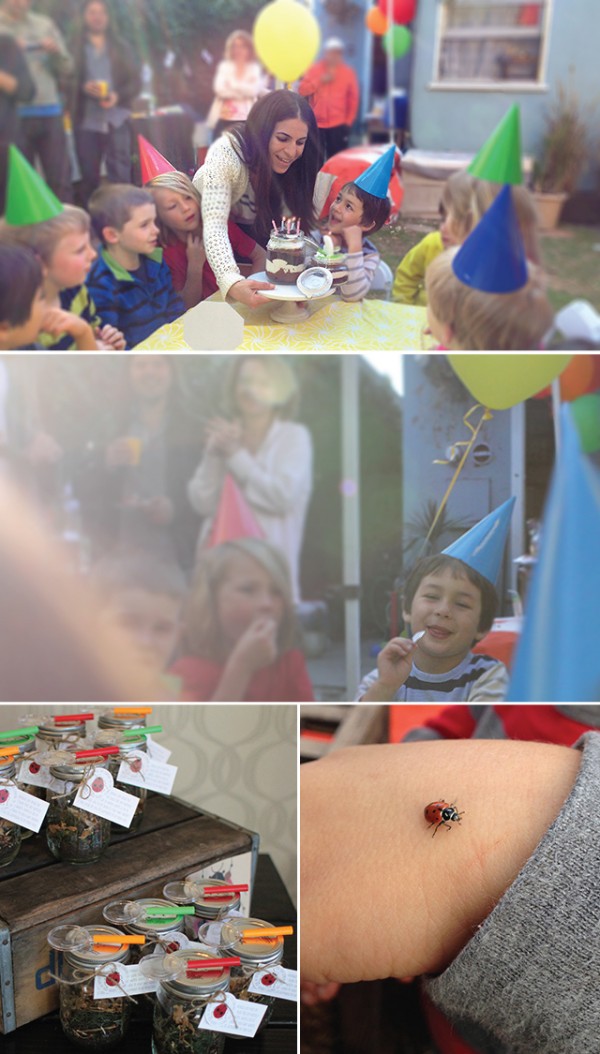The most frequent comment we receive on our cocktail posts is this: where do we get those beautiful cocktail glasses? It’s a good question: the perfect drink deserves the perfect glass. You’re not going to ruin a delicious drink by using the wrong glass, but using the right glass can definitely enhance your experience. The good news is, we’re starting our own Etsy shop, Liquorary, to share some our best finds from over our years of cocktail posts. We’ve scoured antique stores and shows, thrift shops, estate sales, and flea markets. We’ve searched forgotten dusty corners and overlooked shelves for our cocktail glasses. We’ve found classic coupes and flutes, midcentury highballs, and a load of other gorgeous glasses that are perfect for your next drink.
So if you’re going to put care into making a recipe, whether it’s a classic or own of ours or own of your own, then it’s worth putting some care into your glassware.
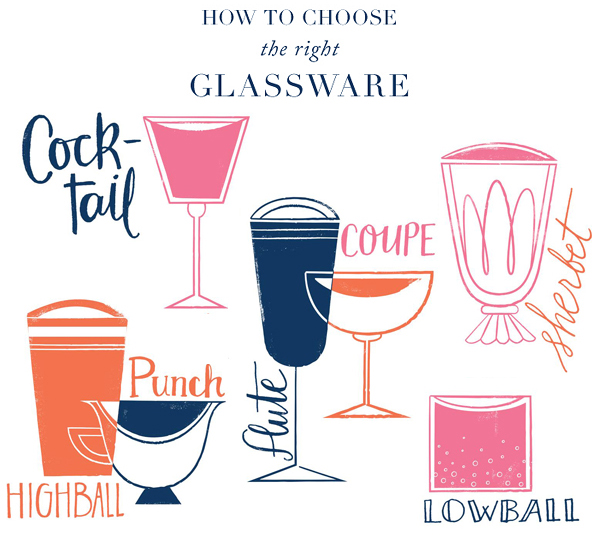
Illustration by Jillian Evelyn / Hand Lettering by Maria Filar for Oh So Beautiful Paper
The Cocktail Glass
The modern cocktail glass is iconic: a slender stem, with a cone-shaped bowl and wide rim. Also known as the Martini glass, the modern cocktail glass is an Art Deco homage to the classic cocktail glass. And it’s a total disaster. It’s poorly balanced, and its shallow bowl and sharply angled sides are practically designed to slosh your drink all of you. And, with few exceptions, it’s way too big – so either you’re going to end up with a half-filled glass, or you’re going to mix a huge drink that’s way too big and will warm up before you can finish it. Instead, you want something like this: 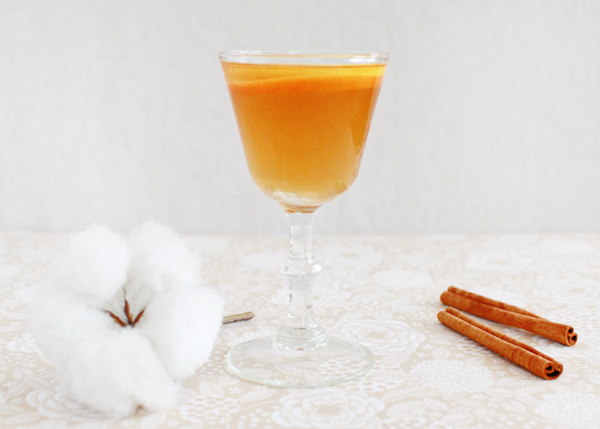
This is a vintage cocktail glass, the vintage shape our of which our modern Martini glasses evolved. Its sides are less shallow than a modern glass, making it harder to spill. Its flat-bottomed bowl gives it a better balance, leaving it harder to knock over. Its stem will keep your warm hand away from your drink. And its smaller size – just four to six ounces – is a perfect fit for most drinks. No super-sized, watered down and warmed up cocktails need apply. All-spirits drinks, like the Old Fashioned, the Martini, or the Manhattan, are perfect for the smaller end of that range, while many Sours will fit in the larger end. These aren’t easy to find these days. I’ve seen some from Libbey Glass that fit the bill, but your best bet is to go vintage. Antique stores and shows, yard and estate sales, and online auctions can be a pain to hunt through, but are your best bet for the best glassware.
Coupes
The coupe was first invented as a champagne glass in the late 1600s, but it’s actually pretty terrible at that job. It’s wide brim lets the champagne release all of its carbonation too quickly. But it probably didn’t take too long for anyone to figure out that the coupe has a much better role: serving cocktails. It plays pretty much the same role that the classic cocktail glass used to play: well balanced, easy to hold without spilling, and elegant.
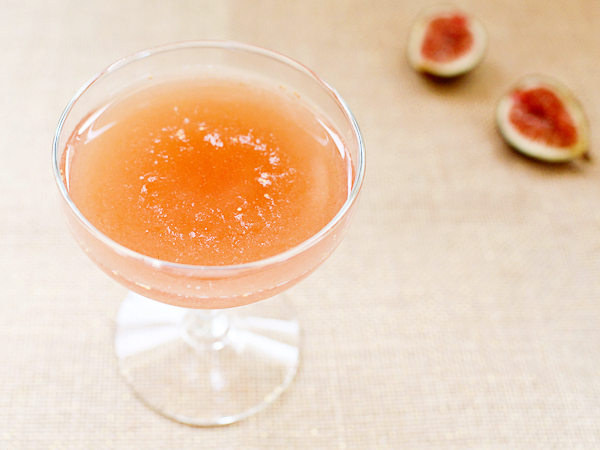
It’s much easier to find beautiful antique and vintage coupes, and there’s tremendous variety in shape, color, and design. There are also some modern coupes that are both beautiful and just the right size; check out Cocktail Kingdom‘s selection, especially their 3.75 and 6 oz sizes. Coupes are perfect for the same drinks as the classic cocktail glass, all-spirits drinks and Sours.
Flutes

Unlike the coupe, the flute actually is pretty good for champagne. Its narrow bowl reduces the drink’s surface area and retains carbonation for longer. This makes the flute ideal for any drinks that incorporate Champagne or another carbonated ingredient, like the French 75. It’s also pretty useful for recipes with big garnishes, like the whole lemon peel in the Brandy Crusta. We’re still partial to vintage, but there’s a big array of new flutes available, so these should be easy to find. Aim for three to four ounces, and no more than six.
Lowballs
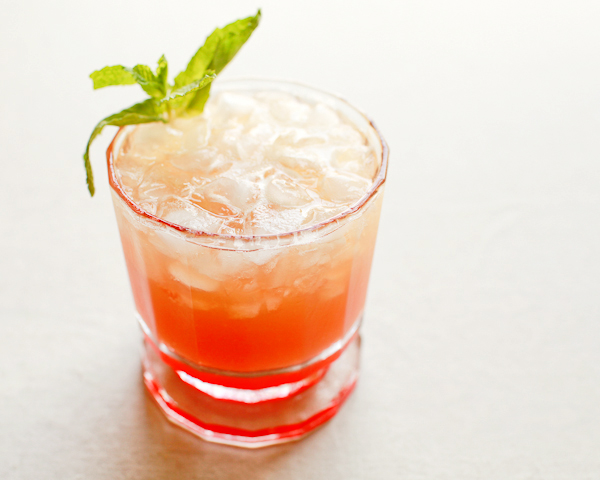
Lowballs – also called Old Fashioneds, tumblers, and rocks glasses – are low glasses, with wide rims and heavy bottoms. As the name and shape suggest, they’re perfect for any drink that you build in the glass, layering and muddling ingredients, like the Old Fashioned, Caipirinha, or Smash. Like the flute, there are tons of good vintage and new versions available, and some pretty cool looking reproductions of classic designs, so these should be easy to find. Look for glasses between six and ten ounces.
Highballs
The highball is the Laurel to the Old Fashioned’s Hardy: tall and narrow, perfect for bigger drinks (also known as long drinks) built in the glass. At eight to twelve ounces, the highball is your go-to for drinks like the Mojito, the Cobbler, and the Rickey, drinks with lots of ice and muddled ingredients. (The Collins glass is slightly taller and narrower yet than the highball, but there’s quite a bit of overlap between the two styles so I tend to use the terms interchangeably.) As with the Old Fashioned, vintage designs are pretty easy to find, but there are also lots of new and reproductions available too these days.
Sherbets
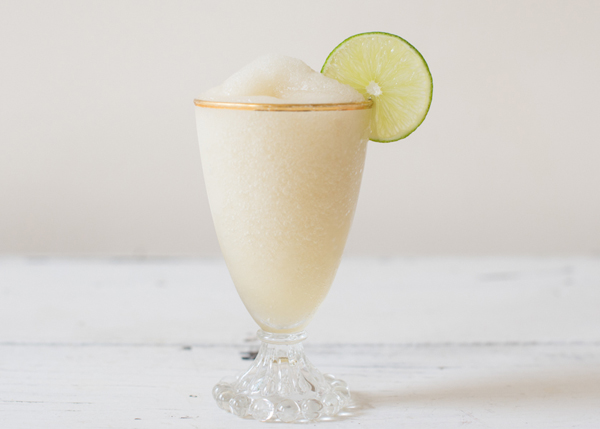
Looking generally something like a stocky coupe, the sherbet glass is stemmed with a broad, deep bowl and thick glass sides. As the name suggests, the sherbet started life as a dessert glass for sherbets and ice cream. They’re plentiful at antique shows and flea markets, far more so than any proper cocktail glasses, though I can’t tell if that’s because a variety of large-bowled glassware is getting lumped together as “sherbets.” In any case, the more delicate of them can often serve as good stand-ins for coupes, and the larger are often perfect for frozen and Tiki drinks.
Punch Bowls
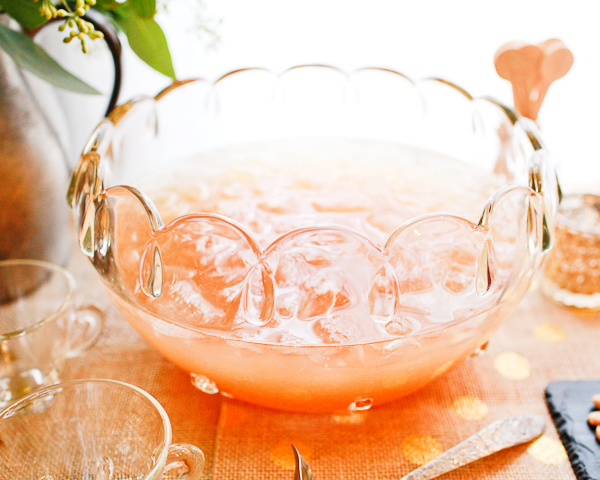
I’m no expert – I’ve only made punch a few times, though always to great acclaim – but I do know you should look for big punch bowls (2-3 quarts should be enough for spirits, citrus, and ice) and tiny punch glasses (2-3 ounces should do it). The idea is to encourage your guests to make lots of trips to the punch bowl to refill their glasses, making the punch bowl a center of interaction.
The List Goes On
I’m already over a thousand words and I feel like I’ve barely scratched the surface. Mugs for Moscow Mules and Blue Blazers? Cordials? Hurricane glasses? There’s still a huge array of glasses, especially specialty glasses for individual drinks, that we haven’t even talked about at all. And that’s ok. It’s easy to fall down the rabbit hole of glassware when you don’t need to. Yes, the Hurricane is named after a glass that looks just like a hurricane lamp. And you know what? A Hurricane served in a highball or a sherbet glass will taste just as good. Looking for the exact glass for every drink can leave you with overflowing cabinets and an empty wallet. Now, if someone wanted to get you some niche glasses as a gift, I’m not saying to turn them down…
Photo Credits: Frozen St-Germain Daiquiri by Sweet Root Village / all others by Nole Garey for Oh So Beautiful Paper

